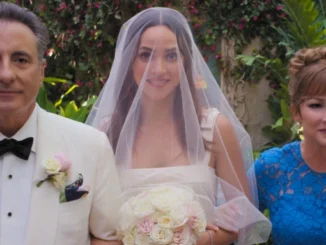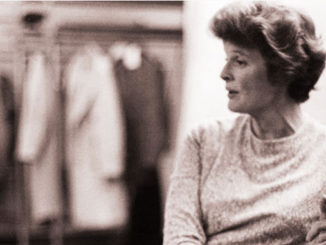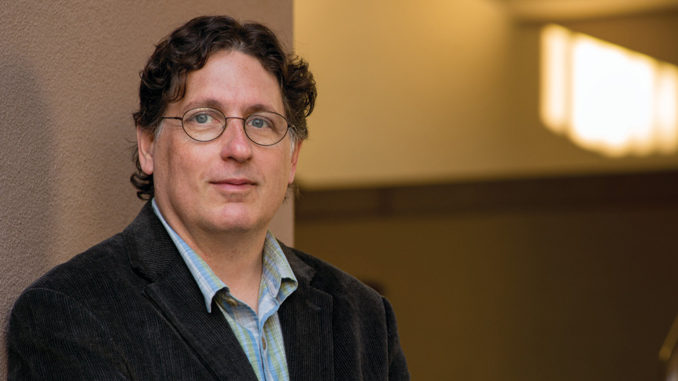
by Michael Goldman • portraits by Wm. Stetz
Fittingly, the evolving cinematic relationship between editor Mark Livolsi, A.C.E., and director John Lee Hancock continues bringing other, notable real-life relationships to the public’s attention on the big screen. The two first got together when Hancock, according to Livolsi, hired the editor “off a phone interview, sight unseen” to cut the huge hit he generated in 2009, The Blind Side. That movie depicted the emotional story of the actual relationship between a homeless football player and an aristocratic Southern wife and mother who helps guide him to a better life.
Now, the release of Hancock’s current film, Saving Mr. Banks, which tells the tale of the making of Disney’s famous film, Mary Poppins, puts the spotlight on an even more unlikely pairing in many respects. That relationship is the tense one that percolated for two decades before reaching a head in the early 1960s between Walt Disney himself (played by Tom Hanks) and the cranky and mysterious Australian creator of the original Mary Poppins books and characters, P.L. Travers, (played by Emma Thompson). The film opened December 13 in limited release, before going into wide release December 20.
Saving Mr. Banks offers both the story of how Disney finally convinced the inward and suspicious Travers to sign over rights to make the movie, and the underlying story of how Travers got to be that way to begin with. It’s a complicated affair, because there are really two separate stories within the movie: one of Travers’ youth and relationship with her father (Colin Farrell) in Australia in the early 1900s, and the other of the visit Travers paid to Walt Disney Studios to work on the film’s development with its real-life creators and Disney himself in the 1960s.
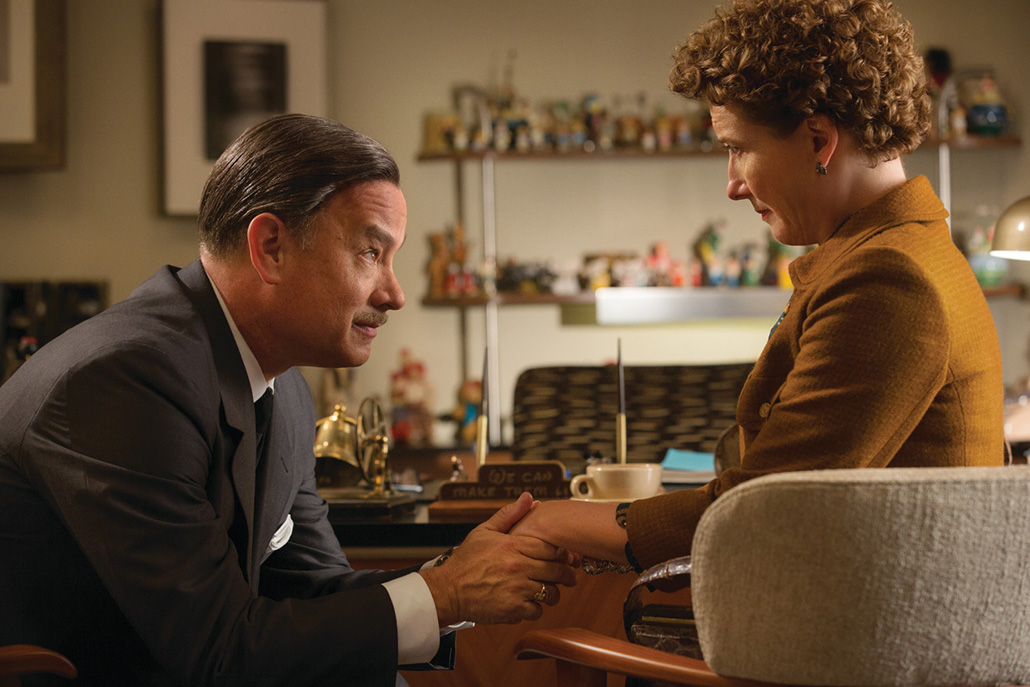
Central to making the whole thing work was the collaborative relationship between Hancock and Livolsi, the editor insists. “John had the fortitude to hire someone he had never met in person [The Blind Side], and then to let me work from New York during shooting, and that started a great working relationship,” Livolsi explains. “We saw eye-to-eye on pretty much everything, and soon we established a great level of trust regarding my approach to the material. In my experience, a director values this above all else in his working relationship with an editor — that he or she will explore the limits of the material and fashion the best possible version of a given scene. Since The Blind Side was such a great experience for both of us, we were eager to work again on another project.”
When they started on the new film, Hancock just had Livolsi jump in. “We didn’t really discuss too many details beyond logistics, such as where I would work,” the editor recalls. “John tends to let me channel my own instincts to create in my own way, and then he springboards from that place, from the initial cut, and we continue to work from there. But we didn’t have many discussions about the material once I had read the script. He just let me loose with the footage.”
Livolsi worked for most of the project out of editorial offices at the Brill Building in Manhattan before finishing up on the Disney lot in Burbank, within yards of the studio locations where much of the movie takes place — “a trippy experience,” he recalls. He cut the movie using the Avid Media Composer DX Nitris (v.5.5.3.3) system (three workstations total — one for Livolsi, one for associate editor William Joseph Kruzykowski, and one for the assistants; first David Rogow in New York and then Dave Matusek in Los Angeles).
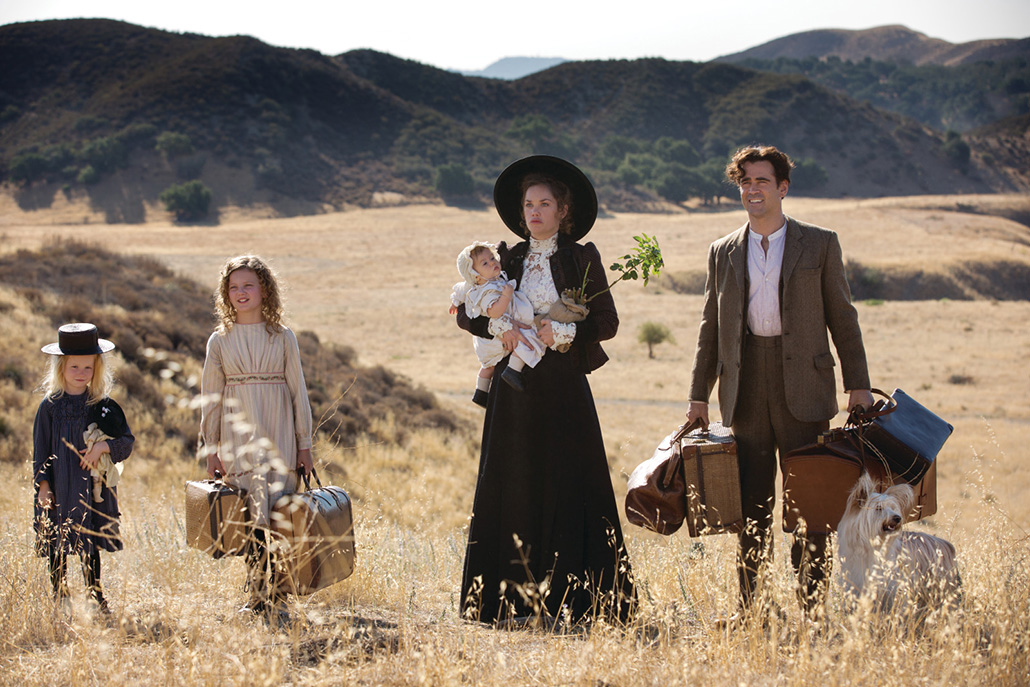
The production relied on a total of 32TB of HD storage: Avid Unity in New York and Avid Isis in Los Angeles. Dailies were handled by Deluxe Hollywood and New York and, briefly, from Disney’s Manhattan facility when Deluxe temporarily shut down due to Hurricane Sandy. For most of the production, Livolsi could view dailies in person in his editorial office, while Hancock and Disney executives viewed them using the PIX online dailies’ viewing system.
That technical infrastructure, however, was the easy part. The big challenge Livolsi faced was the parallel nature of the two stories and how and when to intertwine them. The flashback structure details Travers’ early story in 1906 Australia and her childhood relationship with her alcoholic father. That section of the movie was shot first, with California substituting for Australia, and then the 1961 events during the early days of the Mary Poppins film project were shot later, in Burbank on the Disney lot.
“The 1906 material was one set of actors, one kind of tone, darker and more melancholy than what we were dealing with from 1961, so it was an entirely different sort of movie,” Livolsi elaborates. “That is what I did the first month and a half or so. And then, I finished that up on a Friday, and on Monday, I’m receiving dailies for an entirely different film — different actors, lighter tone, and so on. The film’s two-story structure made the experience of watching and editing dailies really fresh for me. The challenge, as it turned out, was to mesh the two story lines and keep it tonally balanced.”
For both stories, Livolsi says that issue of tone drove his decisions. The Australian portions were more serious and melancholy, and so his cutting style in those sections reflects that mood. The Disney sections have more humor, and so “the rhythms were snappier and the pacing was different,” he says.

Beyond that, many cues were available as guidelines in the script penned by Kelly Marcel and Sue Smith. There were, however, a couple of key sections where Livolsi had to juxtapose scenes differently than the way they were written. In particular, at the heart of the film is a montage sequence that cuts back-and-forth between a scene in Australia, where the young Travers stumbles upon the realization that her father is a drunk at a country fair where he is supposed to give a speech, and a scene in the Disney production offices where real-life composers Richard and Robert Sherman (Jason Schwartzman and B.J. Novak) are performing the important Mary Poppins song, “Fidelity Fiduciary Bank,” for an impatient and skeptical Travers.
That song highlights the nature of the Mr. Banks character in the Mary Poppins movie to take his banking career more seriously than perhaps he should, from his children’s point of view, triggering in Travers the memory of her banker father’s primary, and public, failure with his career — an event at the fair that triggers his eventual downfall.
“The script essentially said that we would cross-cut between the song and her father’s speech at the fair,” Livolsi explains. “But there was no detail into how they would dovetail and when, so that was up to me to figure out. I essentially did it inch by inch, finding pieces of Colin Farrell’s speech where I could create a feathering so that we could go credibly from him ‘speaking’ his speech to making it appear he was singing along with the Sherman brothers as they performed the song for Travers in 1961. The song itself was a great help in laying out the pieces, because the music created emotional rhythms, and then the picture was assembled to correspond to or augment those emotions by heightening in energy and tempo as the song and the performance dovetailed. The trickiest aspect of this section of the film revolved around the number of small vignettes shot at the fair. Ultimately, I focused on the main storyline that followed the young P.L. Travers finding her father drunk.”
In general, transition points between the two stories were clearly laid out in some cases and worked out in the edit in others, Livolsi adds. When smoke from a train’s smokestack in 1906 evolves into clouds outside an airplane window in 1961 — that was obviously referenced in the script and storyboarded. “But for a few, we relied on the editorial process, screenings, feedback and so on, to determine how and when we would crosscut storylines,” he explains. “Overall, I tried to get away with the simplest cuts possible to alternate between the two.”
The acting power of the film’s two leads also informed Livolsi’s cutting approach, as indicated by a climactic scene in which Disney barges into Travers’ home in London and they have a final meeting, during which she finally signs over the rights to her beloved novel. Livolsi says that sequence was his favorite to edit in the movie, because it is an extended eight-minute scene in which two people simply sit in chairs and talk directly and plainly.
“It was fascinating to work with Emma’s performance, which is so nuanced and reactive, because the scene largely has Disney talking and her character listening to what he has to say,” says the editor. “Her reactions were fascinating and I believe they were shot in a single take, while Tom’s character does the heavy lifting in terms of dialogue. To see her go through such a process while barely saying a word was gratifying as an editor. It was all one piece of a performance that she really nailed, and so in that sense, it was easy for me to put it together.”
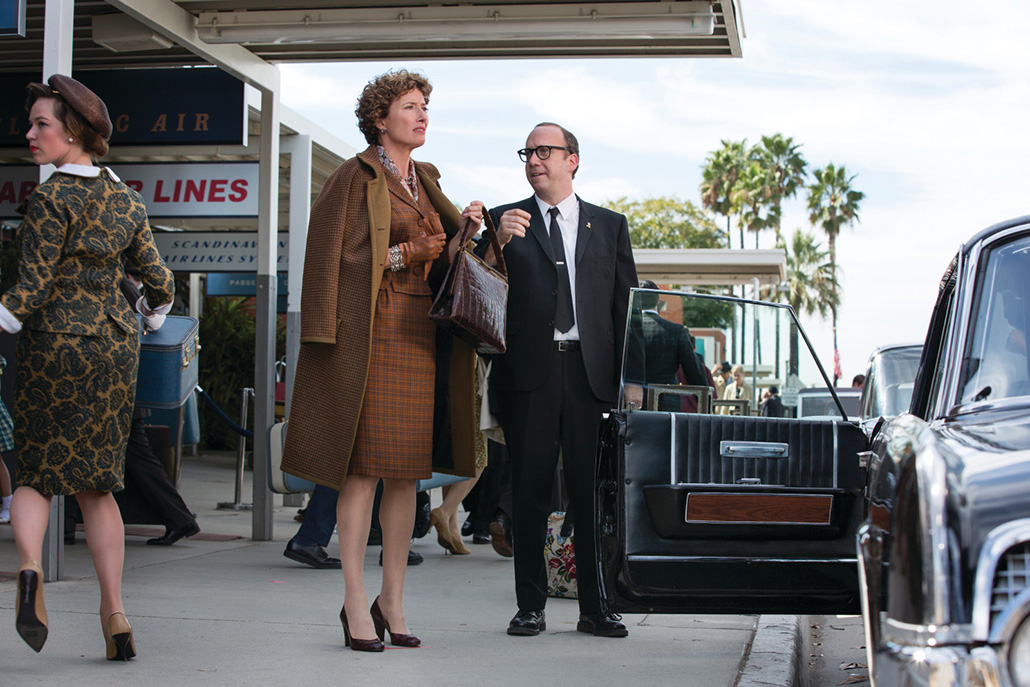
On the other hand, cutting the ending together was complicated for Livolsi and Hancock. They “bandied about lots of ideas,” according to the editor, on the way to deciding exactly how to juxtapose images of Travers weeping at the Mary Poppins premiere during a scene in which the father in the film, the titular Mr. Banks, is finally letting loose and having fun with his children during the film’s famed “Let’s Fly a Kite” sequence, with a final memory of Travers having fun with her father, while riding a horse.
In real life, Travers reportedly did weep at the premiere, supposedly because she didn’t like it. In the movie, though, in keeping with the psychological nature of the material, it is left up to interpretation as to why she is weeping and, creatively, Hancock decided it would make the most sense to suggestively connect her emotions to a final burst of memory over her relationship with her real father. This was about creating “an emotional payoff,” Livolsi suggests.
“That was the biggest challenge of the film,” he explains. “It had to all make some sort of sense, but in an emotional way, since it was loosely scripted like the fair montage was. As we put in the last shot of Travers riding on horseback with her dad, it began to gel. The dialogue by the character played by Dick Van Dyke in the Mary Poppins scene, talking about the father character, triggers a final memory for her — a catharsis that we hope leads to a sense of closure for her character and an earned emotional payoff.”

Livolsi says his first cut checked in around 2:25 — not much longer than the final 2:05 of the finished version. That includes, he adds, all the temp credits and music and visual effects he was able to craft, since he feels strongly that an editor should present a director with “a real movie” the first time they go over the entire piece together. Once again, he says his creative synergy with Hancock was the big reason why he could build an early version so close to the director’s eventual vision for the final product.
“John had gone to London to shoot the last few scenes, and he stopped in New York right before Christmas to screen the editor’s cut, which was very generous and made sure we didn’t break the rhythm,” Livolsi says. “We only cut out a couple of extended scenes — beautiful work by Colin Farrell in which his character recites poetry for his daughter. We needed to tighten that up a bit, but beyond that, we were on the same page in most areas from early on.”



